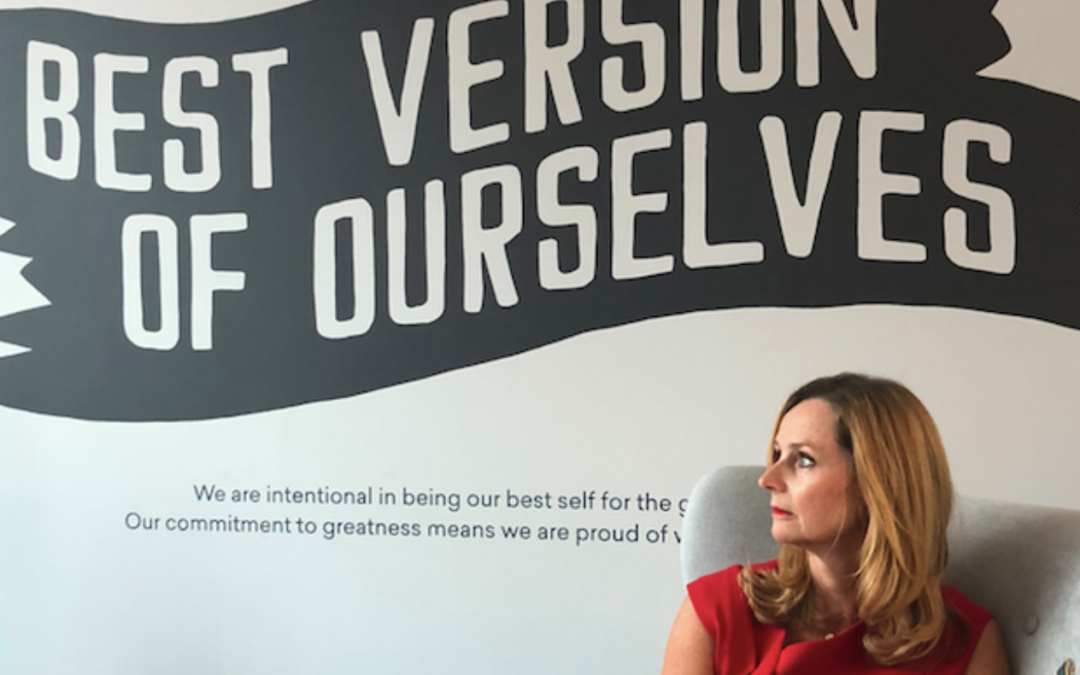Food delivery services are on the rise – with a generation of ‘I want it now!’ what does this really mean for restaurants – and the customer experience?
The young people in my life would prefer to order ‘Uber Eats’ or another delivery service than open a can on baked beans (my go to food as a graduate) On average, Australians eat out two to three times a week. That’s more than 50 million meals every week across the country. Or 2.5 billion meals every year. As at 30 June 2016 there were 85,284 eating out establishments in Australia. Dining is big business. But it’s no secret that the hospitality industry is tough. Despite this hunger for eating out, acquiring customers and staying in business has never been more difficult. It’s estimated that 60 percent of restaurants will fail within the first year, and 80 per cent within the first five years.
On top of this, restaurants can no longer rely on walk ins, walk bys or word of mouth to bring customers to their door – new customers rarely find a new place to eat by walking past it on the street. Acquisition is now largely done on the digital sidewalk. Restaurants not only have to lead the horse to water, but also make it drink (and eat).
So it’s not unusual that establishments are always looking for new ways to make a buck or fill a seat. And the promise of reaching new customers through the likes of distribution partners and gig economy players, like Uber Eats or Deliveroo, is a compelling proposition.
The Uber Eats website says, “Make money, reach new diners and deliver food to your customers.” And for customers they proclaim, “Top local restaurants are just a tap away… order food that you crave from restaurants you love, delivered directly to your door.” Deliveroo makes a similar promise, “Your favourite restaurants, delivered fast to your door.”
But here’s the issue that gives me food for thought. How does a restaurant own the last mile of the experience when relying on a third party to deliver the goods?
I think here of coffee brand Campos. They are driven by their brand purpose of ‘quality coffee cultivated by good’, right up to the last mile. To the point they supply every Campos partner retailer with the same espresso equipment used in their flagship stores, and specific training for all baristas. According to the Campos website:
“We are proud of our consistency…We tenaciously defend quality, which is why we work closely with our partners and have regular assessments to ensure the same high quality standard is met each and every time… We expect a high standard, but don’t shy away from helping achieve this standard. We believe partnership does really mean we have a shared responsibility to delivering amazing quality coffee that lives up to the Campos brand every time.”
Yet even despite the depth and breadth of their commitment to purpose – the training and managing and branding – the last mile falls in the lap of the coffee Gods. The cafe, the barista and the wait staff of any establishment bearing the Campos logo are in final control of the product consumed by the customer. The end product – the last mile – is still in the hands of someone else.
The reality is the same in the case of restaurants working with third party delivery services – when the product leaves your establishment, you cannot control the end product received by the customer. (Yet it will be the restaurant receiving a positive or negative review at the end of the day – and we all know the power of reviews). In the case of a restaurant, a cold ‘deconstructed’ burger and soggy chips that have been driven around in a van for an hour is not the product that was prepared for the customer when it left the establishment. So how do you control the end user experience when you’re relying on a third party to fulfil under your brand?
This is something I’ve struggled with for years running experience aggregator brands – I can find the customers, nurture them, give them a great personalised online experience, and deliver their experience or gift voucher seamlessly. But when it comes to facilitating the experience itself, it’s out of my hands. This is why at the Big Red Group (BRG) we’re so selective about quality and who we choose to partner with to deliver the experiences we put our brand names to.
The value we deliver to our business partners is real. The reach, trust and significant investments we make helps them deliver more experiences, to more customers, more often. We believe in true partnership. The BRG partners with thousands of experience providers to aggregate experiences and serve them through different brands with different audiences. For instance, I refer to RedBalloon business partner the Seagrass Group. The group owns 12 full service restaurants around Australia and just last year RedBalloon delivered them an additional 14,000 new customers they would not have otherwise reached.
We’re incredibly proud that our marketplace business model can deliver incremental value and access to new audiences for our partners, yet still allows them the ability to control the end ‘product’ (or experience). And while the question for us still remains, ‘how do we own the last mile?’, for me it’s always about partnership. You must align yourself with businesses who share your purpose and your vision, because then you can be confident that you’re in it together to deliver a great experience to the customer, every single time.
Also published on Medium.


